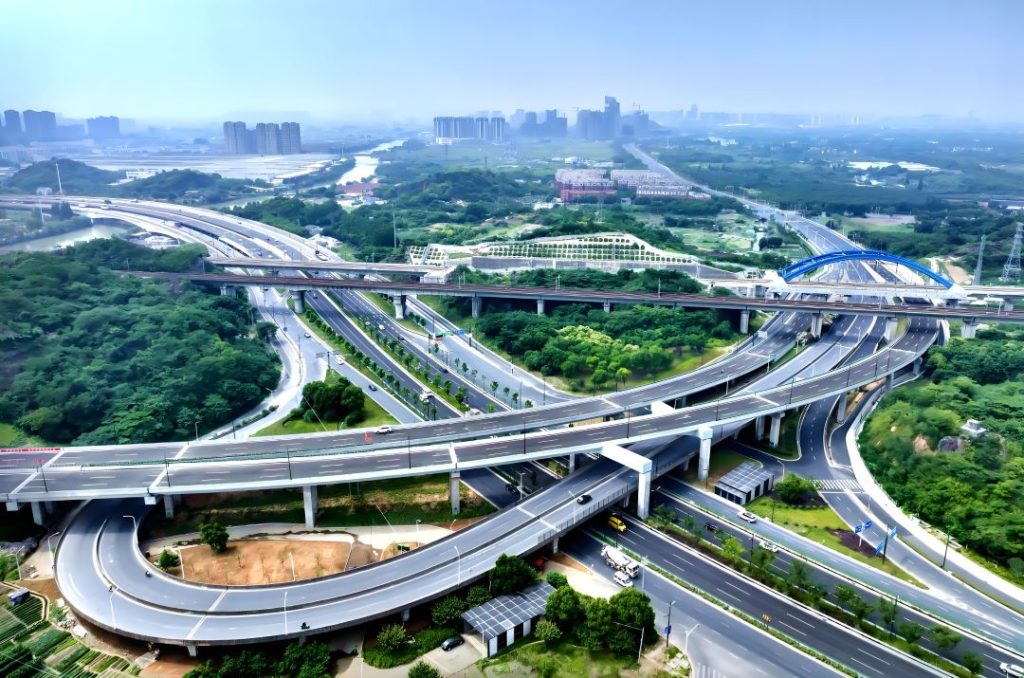What is the difference between a trestle and a viaduct? The terms “trestle” and ”viaduct“ both terms refer to types of structures used in civil engineering for the construction of bridges. However, they are distinct based on their design, function, and typical applications.

A trestle bridge is characterized by its series of frames or supports that are made up of triangles, which give the structure its stability and strength. These supports rest directly on the ground or on low-level piers, allowing them to span over uneven terrain, water bodies, or other obstacles. Trestles are often seen in railroad construction where trains need to cross valleys, rivers, or marshy areas without the need for very high elevation. They were particularly popular during the expansion of rail networks in the 19th century due to their relatively quick and cost-effective construction methods.
On the other hand, a viaduct is typically a longer bridge consisting of multiple arches or spans that support a roadway or railway above the ground level. Unlike trestles, viaducts can be significantly taller and are designed to carry roadways over vast expanses such as valleys, rivers, or even cityscapes. Viaducts have been an essential part of infrastructure development throughout history, from ancient Roman aqueducts to modern highway systems around the world. Their architectural grandeur often makes them iconic landmarks and symbols of engineering prowess.
Trestle
- Definition: A trestle is a framework of horizontal and vertical beams, typically made of wood, steel, or concrete, that supports a bridge or elevated track.
- Structure: It often consists of a series of short spans supported by bents (vertical supports). These bents can look like a series of A-frames or towers.
- Usage: Commonly associated with railroads, especially in mountainous or rugged terrain where quick and economical construction is necessary.
- Appearance: Trestles are usually open-framed and lightweight-looking compared to other types of bridges.
Viaduct
- Definition: A viaduct is a long bridge consisting of a series of arches, spans, or piers, built to carry a road or railway over a valley, low-lying area, or another road.
- Structure: It typically has a more solid appearance, with stone, concrete, or steel piers supporting spans that can vary in length.
- Usage: Often found in urban settings, long crossings over valleys, or to bypass obstacles like rivers and highways.
- Appearance: More monumental and robust compared to trestles, with designs that may include decorative elements.
Key Differences
1. Material: Trestles were historically built with wood but can also be made of steel or concrete, while viaducts are generally stone, concrete, or steel.
2. Design: Trestles are open and lightweight, whereas viaducts are solid and heavy-duty.
3. Purpose: Trestles are typically temporary or cost-effective solutions, while viaducts are built for durability and permanence.
In summary, “trestles” are simpler and often temporary structures for spanning shorter distances or rough terrain, while “viaducts” are more durable and designed for longer spans or significant engineering challenges.

